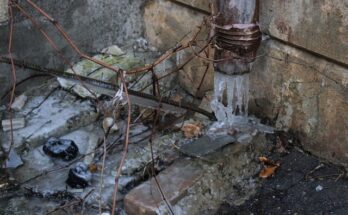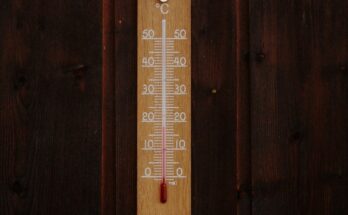As winter approaches, homeowners often face the challenge of ice damming, a common yet potentially damaging occurrence. In this comprehensive guide, we’ll explore what ice damming is, how to identify it, effective prevention strategies, and the consequences of neglecting this seasonal issue. Incorporating key terms for organic search optimization, this post aims to provide valuable insights for homeowners seeking to safeguard their properties.
- What is Ice Damming?
Ice damming occurs when heat escapes from a warm attic, melting the snow on a roof. This melted snow then flows down to the roof’s edge and refreezes, creating a ridge of ice that prevents subsequent snowmelt from draining properly. This phenomenon is more than just a winter nuisance; it poses a significant risk to the structural integrity of your home. Understanding the mechanics behind ice damming is crucial for homeowners, especially in regions with harsh winter conditions.
- What to Look For
Early detection of ice dams can prevent costly repairs. Signs include icicles forming along the edge of the roof or gutters, water stains or moisture in the attic or along the ceiling’s edge, and ice buildup on the roof’s edge. Paying attention to these indicators is essential for maintaining the health of your roof and preventing water damage inside your home.
- How to Stop It
Preventing ice damming involves a combination of proper insulation, ventilation, and roof maintenance. Increasing attic insulation and ensuring adequate ventilation can minimize the amount of heat escaping through the roof, thus reducing snow melting and refreezing. Additionally, keeping gutters clean and removing snow from the roof using a roof rake can be effective in preventing ice dams from forming.
- Consequences of Ignoring Ice Damming
Ignoring ice dams can lead to both short-term and long-term damage. In the short term, water backed up behind the dam can seep into your home, causing water damage to walls, ceilings, and insulation. Long-term effects include mold growth, structural damage, and a compromised roof, which can lead to costly repairs and decrease the value of your property.
Ice damming is a preventable problem that, when ignored, can lead to significant damage to your home. By understanding what it is, what to look for, and how to stop it, homeowners can effectively mitigate the risks associated with this winter challenge. Remember, early detection and proactive measures are key to protecting your home from the damaging effects of ice damming.




